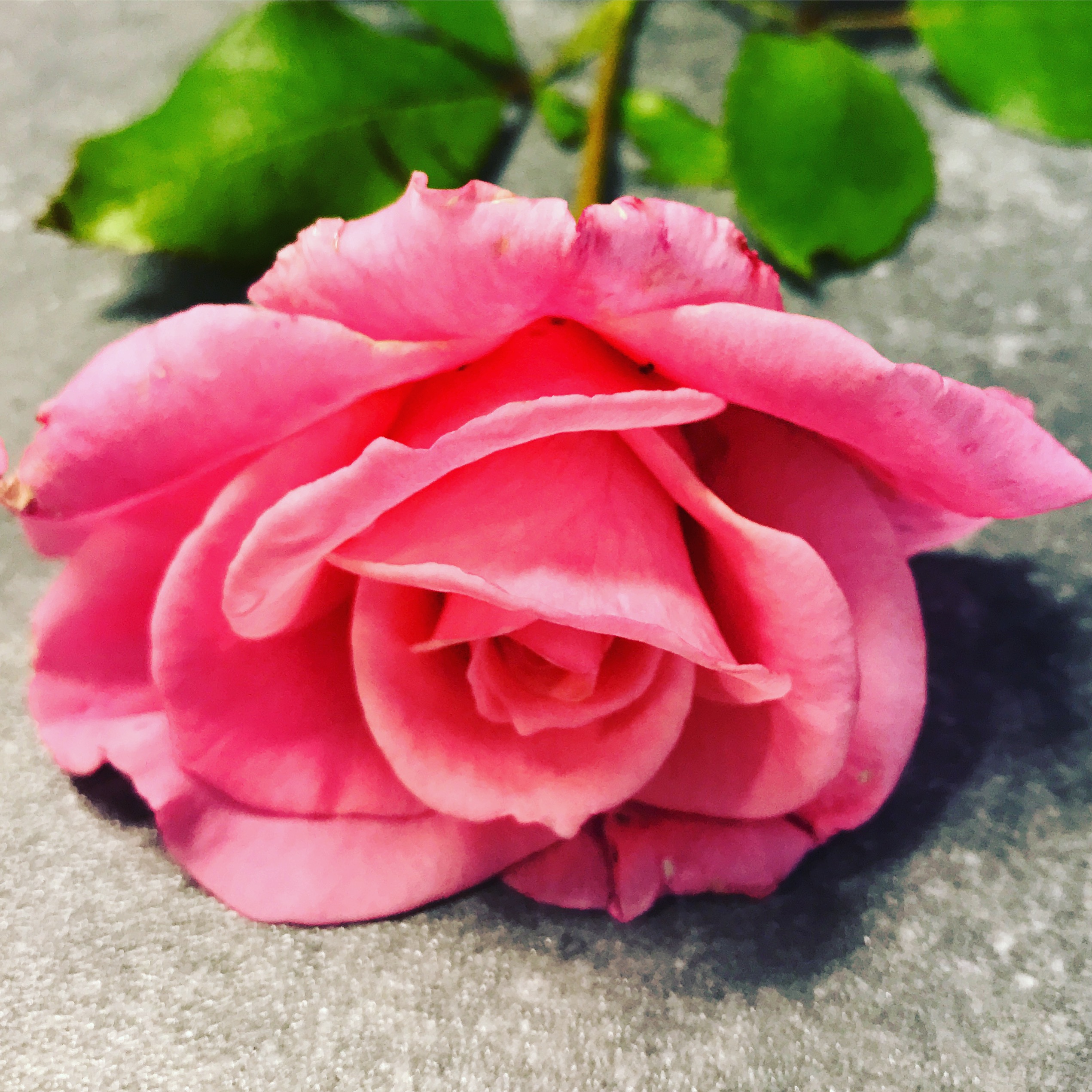Finding my motivation to stay fit and active in retirement.
Two years ago I blogged about my New Year’s Resolutions and my attempts at having a healthier lifestyle. I have taken some steps (literally) in the right direction, but progress is very slow. The warnings about high cholesterol and potential diabetes didn’t spur me on enough. Now I know that the pains in my joints after the fitness class back in 2017 was a warning of problems ahead and over the past six months I have experienced increasing pain in my hips. Between Christmas and New Year I was given the diagnosis of osteoarthritis and very stern advice from my GP to lose weight (again). He said it three times in fact. Inwardly I groaned.
The only form of exercise that I have kept up and really love is walking, but that is getting harder to do. Faced with the pain of putting on my socks and shoes, getting out of the door takes a herculean effort. I do know that I need to stay active though and gentle walking is OK, so I’m keeping going with that. Drawing strength from the wonderful natural world around me and the signs of the changing seasons, I plod up a country lane near my home three or four times a week. My legs ache, but my heart is lifted and I will keep going with it. I am embarrassed to admit this, because many people have it a lot worse, but constant pain is exhausting.
I also really need to lose weight (again) but I absolutely hate being on a diet. The trouble is, one of the most effective things I can do to manage my pain from osteoarthritis is to lose some weight. I have a constant reminder and motivation now of how important it is, but I don’t want to be miserable.
I am currently inspired by Tom Kerridge and the Hairy Bikers. These chefs love their food and I am focusing (again) on what I can eat, slowly reducing carbs and fats, increasing salad and vegetables. It needs to be slow and steady, becoming a new way of eating forever. My nemesis is Kettle Crisps and no, I can’t just have a few. Or only two squares of dark chocolate. It’s a whole Terry’s chocolate orange or nothing. The idea that you can eat anything, as long as it is in miniscule portions just doesn’t work for me. I want big plates of food. I need to make friends with kale and spinach.
There are some surprises from reading the books by Tom and the Bikers. Fruit and fruit juice need to be approached with caution if weight loss is the goal. And alcohol is best left alone completely. I can’t drink a small glass of wine and be happy. One unit of red wine is really very, very small. So, I’ve stopped deluding myself that I can have a sensible relationship with alcohol. We are now divorced and I can’t go back.
My intention is to regard walking and making beautiful, low calorie food as a form of self-care, supported by my developing practice of mindful meditation. Tom’s three steps to losing weight are; eat less carbs, exercise and give up alcohol. He should know, he lost 12 stone, and I’m going to be guided by his advice.
For regular updates and photographs from my walks see my Instagram @debsharrison

































